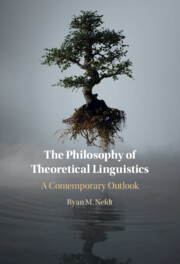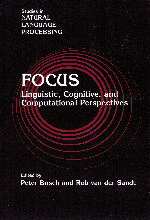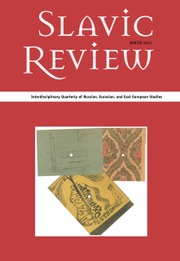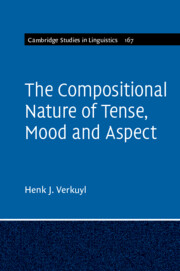A Theory of Aspectuality
Sentences may pertain to states or processes or events. They may express boundedness, duration, repetition, frequency, and many other forms of temporality. How do they do this? Henk Verkuyl presents here a theory about aspectual properties of sentences in natural languages. A Theory of Aspectuality brings together the fruit of his thinking on the subject over the past 20 years, and will interest all those working on aspect and the semantics of noun phrases. It promises to be a major contribution to our understanding of the subject.
- Verkuyl very well-known researcher in this field
- Major new contribution to the theory of aspectuality
Reviews & endorsements
' … thoroughly and convincingly argued … [it] deserves to be on the reading list of every semanticist.' Journal of Linguistics
Product details
June 1996Paperback
9780521564526
412 pages
228 × 154 × 27 mm
0.675kg
46 b/w illus. 12 tables
Available
Table of Contents
- Part I. Issues of Compositionality:
- 1. The plus-principle
- 2. Aspectual classes and aspectual composition
- Part II. Noun Phrase Structure:
- 3. The tools of generalised quantification
- 4. In search of SQA
- 5. Numerals and quantifiers: one level up
- 6. Some problems of prenominal NP structure
- 7. Determiner structure
- 8. Some explorative issues
- Part III. Temporal Structure:
- 9. Homogeneity
- 10. Localism and additive structure
- 11. Event semantics and aspect construal
- 12. Aspect and perspective
- 13. Event construal
- 14. Testing the plus-principle
- Conclusion
- Notes
- References
- Index.







